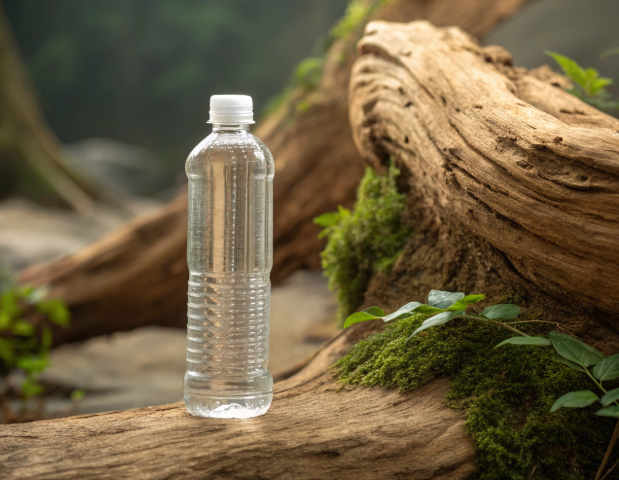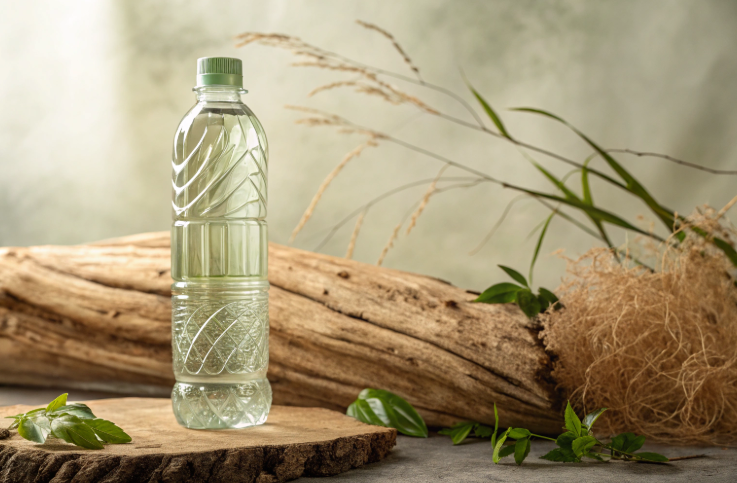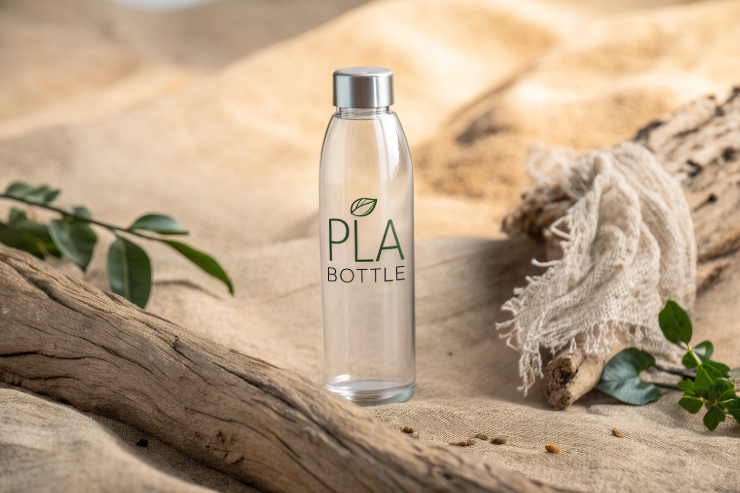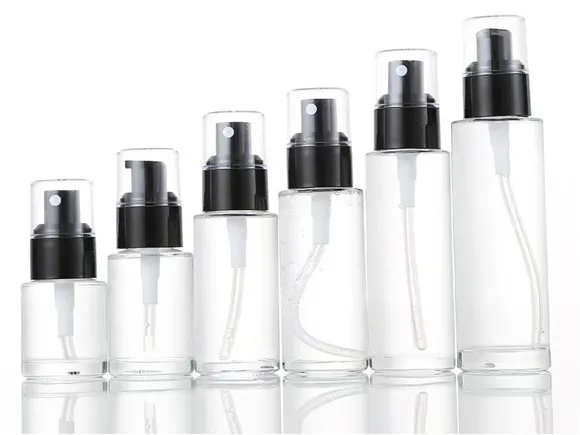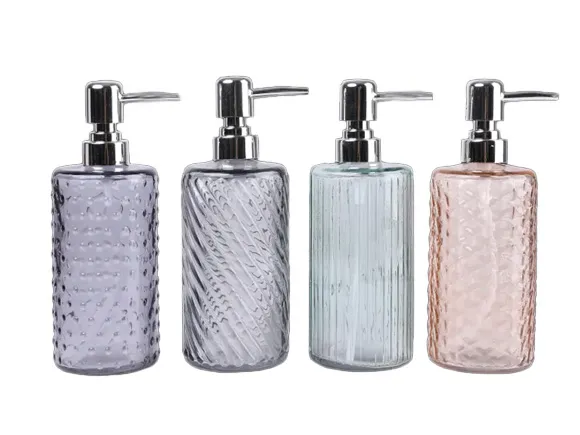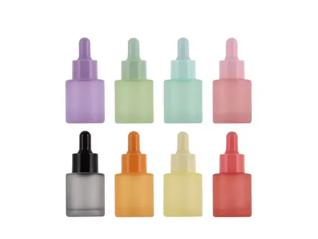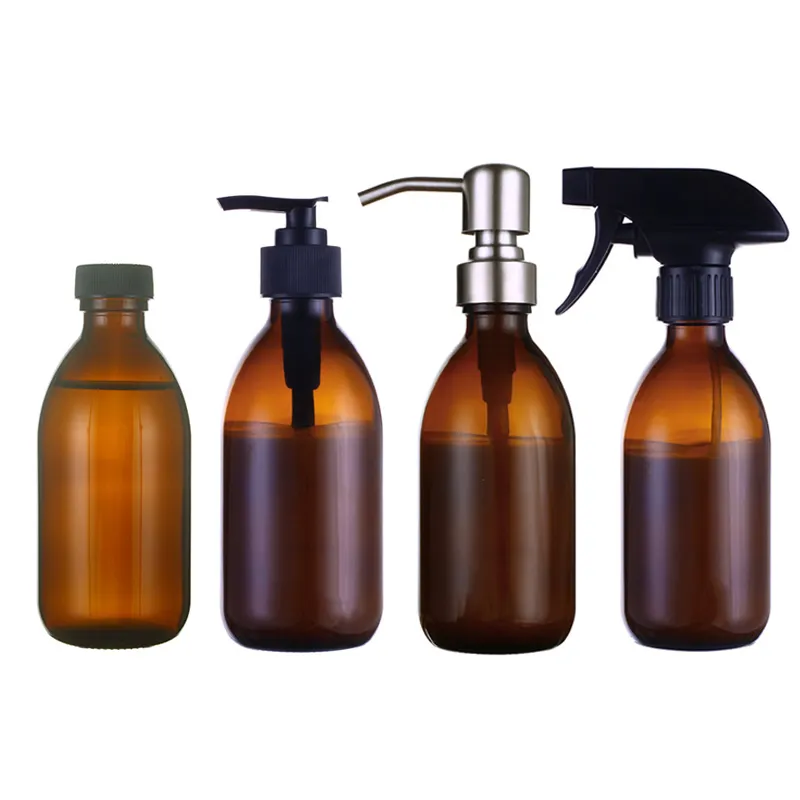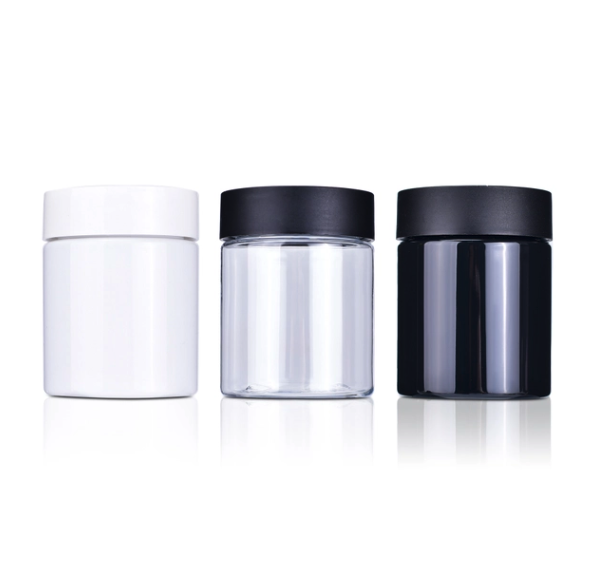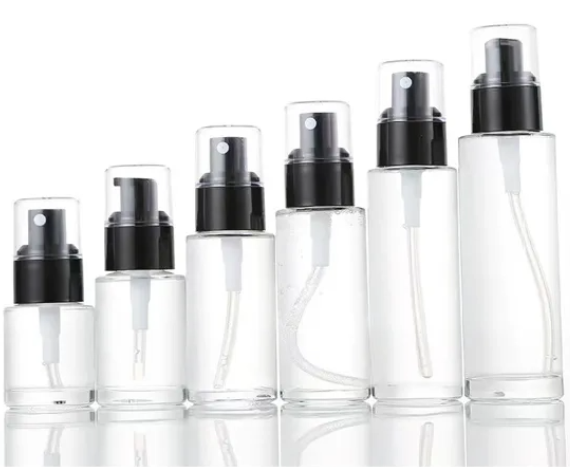Sustainability has become a central focus for brands and manufacturers worldwide, especially in packaging. With growing environmental concerns and stricter regulations, companies are increasingly turning to eco-friendly alternatives like PLA (Polylactic Acid) bottles instead of traditional petroleum-based plastics such as PET, HDPE, or PP. However, when it comes to bulk orders, decision-makers face a complex choice: Which material offers the best balance of environmental benefits, cost efficiency, performance, and supply reliability?
This article provides an in-depth comparison betweenPLA bottlesand traditional plastic bottles, analyzing their environmental impacts, material properties, cost considerations, and suitability for large-scale production. We also introducewww.paupacking.com, a leading supplier specializing in both PLA and conventional plastic bottles, offering sustainable packaging solutions tailored for bulk buyers.
What Is PLA and How Does It Differ from Traditional Plastics?
Understanding PLA
Polylactic Acid (PLA) is a bioplastic derived from renewable plant sources such as corn starch, sugarcane, or sugar beet. Through fermentation and polymerization, these natural materials are converted into a thermoplastic polymer that can be molded into bottles and other packaging.
Traditional Plastics
Traditional plastics like PET (Polyethylene Terephthalate), HDPE (High-Density Polyethylene), and PP (Polypropylene) are petroleum-based polymers produced from fossil fuels. They have been the industry standard for decades due to their durability, versatility, and cost-effectiveness.
Key Differences
| Property | PLA | Traditional Plastic (PET/HDPE/PP) |
|---|---|---|
| Source | Renewable biomass (plants) | Petroleum-based (fossil fuels) |
| Biodegradability | Industrially compostable | Non-biodegradable |
| Carbon Emissions | Up to 80% fewer emissions than PET | High carbon footprint |
| Heat Resistance | Lower (up to ~50°C) | Higher (up to ~120°C) |
| Barrier Properties | Moderate gas and moisture barrier | Excellent barrier properties |
| Recyclability | Limited infrastructure for PLA recycling | Widely recyclable |
| Appearance | Clear, glossy | Clear or colored |
| Toxicity | BPA-free, non-toxic | May contain chemical additives |
Environmental Impact Comparison
Carbon Emissions
Switching from traditional plastic toPLA bottlescan reduce carbon emissions significantly. For example, producing 1,000 PET bottles emits approximately 320 kg of CO₂, while PLA bottles emit only 60–80 kg of CO₂, depending on crop cultivation and processing efficiencies.
End-of-Life Options
-
PLA:Biodegradable under industrial composting conditions, breaking down into water and carbon dioxide without leaving microplastics.
-
Traditional Plastics:Typically end up in landfills or require recycling infrastructure, with persistent environmental pollution concerns.
Resource Use
PLA relies on renewable agricultural resources, reducing dependence on finite fossil fuels. However, it requires land and water for crop cultivation, raising debates about food vs. material use.
Performance and Durability
Heat Resistance
PLA has lower heat resistance, limiting its use in hot-fill applications or products exposed to high temperatures. Traditional plastics like PET and HDPE withstand higher temperatures, making them more versatile for various filling and storage conditions.
Barrier Properties
Traditional plastics offer superior barriers against oxygen and moisture, preserving product freshness longer. PLA’s moderate barrier properties suit dry or low-moisture products but may require additional coatings for liquids or sensitive formulations.
Mechanical Strength
Both PLA and traditional plastics provide good strength and impact resistance for packaging. However, PLA can be more brittle and sensitive to environmental stress cracking.
Cost Considerations for Bulk Orders
Material Costs
PLA resin generally costs more than traditional plastic resins due to raw material sourcing and processing complexity. However, prices are gradually decreasing with increased production scale and technological advances.
Manufacturing Costs
PLA requires specialized processing equipment and conditions to maintain quality, which can increase manufacturing costs. Traditional plastics benefit from established, optimized production lines.
Logistics and Supply Chain
PLA supply chains are still developing, with limited recycling infrastructure and regional composting facilities. Traditional plastics have mature global supply chains and recycling networks.
Total Cost of Ownership
When factoring in environmental compliance, waste management, and brand value, PLA can offer long-term savings and benefits despite higher upfront costs.
Table: PLA vs. Traditional Plastic Cost and Performance Overview
| Factor | PLA Bottles | Traditional Plastic Bottles |
|---|---|---|
| Raw Material Cost | Higher | Lower |
| Manufacturing Cost | Moderate to High | Lower |
| Heat Resistance | Low (~50°C) | High (~120°C) |
| Barrier Properties | Moderate | Excellent |
| Environmental Impact | Low carbon, biodegradable | High carbon, non-biodegradable |
| Recycling Infrastructure | Limited | Extensive |
| Bulk Pricing | Competitive at scale | Generally lower |
| Product Suitability | Dry, low-heat products | Wide range including hot-fill |
Suitability for Bulk Orders: What to Consider?
Product Compatibility
-
PLA:Ideal for cosmetics, dry powders, lotions, and non-oily formulations.
-
Traditional Plastic:Suitable for beverages, oils, chemicals, and products requiring heat sterilization.
Brand Positioning and Consumer Expectations
Brands focused on sustainability and eco-conscious consumers benefit from PLA’s green credentials. Traditional plastics may appeal to cost-sensitive markets or applications demanding high durability.
Regulatory Compliance
Many regions mandate minimum recycled content or biodegradable packaging for certain products. PLA helps meet compostability and renewable content requirements, while traditional plastics often require PCR (Post-Consumer Recycled) content.
Lead Times and Supply Reliability
Established traditional plastic manufacturers often provide shorter lead times and more reliable supply for bulk orders. PLA suppliers likewww.paupacking.comare expanding capacity to meet growing demand with dependable delivery.
Case Study:www.paupacking.com’sSustainable Packaging Solutions
www.paupacking.comoffers both PLA and traditional plastic bottles tailored for bulk buyers in beauty, wellness, and personal care sectors. Their approach includes:
-
Certified PLA Bottles:Made from renewable biomass with industrial compostability certifications.
-
Customizable Designs:Wide range of shapes and sizes to fit brand identity.
-
Competitive Pricing:Bulk discounts and cost-efficient production.
-
Quality Assurance:Rigorous testing for durability and barrier performance.
-
Sustainability Support:Transparent carbon footprint data and life cycle analysis.
This combination enables brands to choose packaging that aligns with their sustainability goals without compromising quality or budget.
Table: Comparison ofwww.paupacking.comPLA and Traditional Plastic Bottle Features
| Feature | PLA Bottles | Traditional Plastic Bottles |
|---|---|---|
| Material Source | Renewable (corn, sugarcane) | Petroleum-based |
| Biodegradability | Industrial compostable | Non-biodegradable |
| Carbon Emissions | Up to 80% less than PET | Higher carbon footprint |
| Heat Resistance | Moderate (up to 50°C) | High (up to 120°C) |
| Customization Options | Extensive | Extensive |
| Bulk Pricing | Competitive | Competitive |
| Certification | Compostability, ISO, FDA | FDA, ISO |
| Lead Time | Reliable with scalable capacity | Highly reliable |
| Application Suitability | Cosmetics, dry goods, lotions | Beverages, oils, chemicals |
Environmental Impact: Life Cycle Analysis
Life cycle assessments (LCAs) comparing PLA and traditional plastics show:
-
PLA production emits significantly less greenhouse gases, mainly due to renewable feedstocks.
-
Traditional plastics have higher energy and fossil fuel consumption during extraction and polymerization.
-
End-of-life scenarios for PLA favor composting, reducing landfill burden and microplastic pollution.
-
Recycling infrastructure for PLA is less developed, which can limit circularity.
Brands must consider local waste management capabilities when choosing PLA.
Challenges and Limitations of PLA
-
Heat Sensitivity:Limits use in hot-fill or microwaveable products.
-
Barrier Limitations:May require coatings or multilayer structures for moisture-sensitive products.
-
Recycling Infrastructure:Limited industrial composting and recycling facilities restrict end-of-life options in some regions.
-
Cost Premium:Higher upfront costs compared to traditional plastics, though decreasing with scale.
Recommendations for Bulk Buyers
-
Evaluate product compatibility with PLA’s physical properties.
-
Consider the brand’s sustainability goals and consumer expectations.
-
Factor in regional waste management and composting infrastructure.
-
Work with experienced suppliers likewww.paupacking.comto optimize cost, quality, and certification compliance.
-
Plan for lead times and supply chain reliability in large volume orders.
Conclusion
Choosing betweenPLA bottlesand traditional plastic bottles for bulk orders involves a nuanced analysis of environmental impact, cost, performance, and market positioning. PLA offers significant sustainability advantages, including biodegradability and lower carbon emissions, making it a compelling choice for eco-conscious brands. However, traditional plastics still provide superior heat resistance, barrier properties, and mature recycling infrastructure, often at a lower cost.
www.paupacking.comstands out by offering both PLA and traditional plastic bottles with certifications, customization, and competitive pricing, helping brands navigate this complex decision. By carefully weighing certifications against cost and performance, bulk buyers can select packaging that aligns with their values, regulatory requirements, and business goals—ultimately winning in both sustainability and market success.




